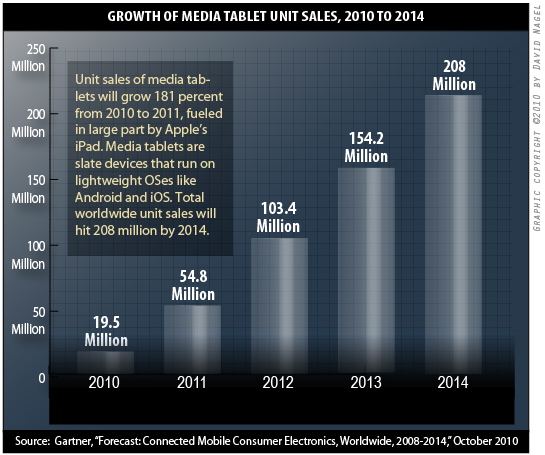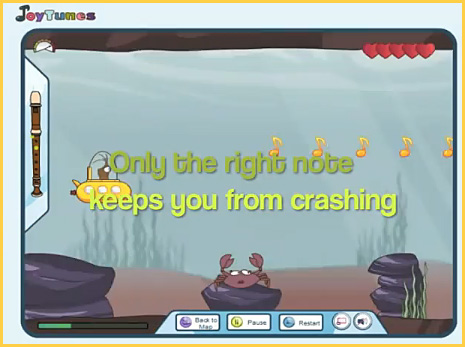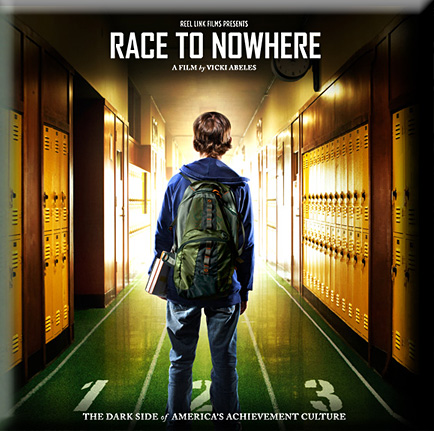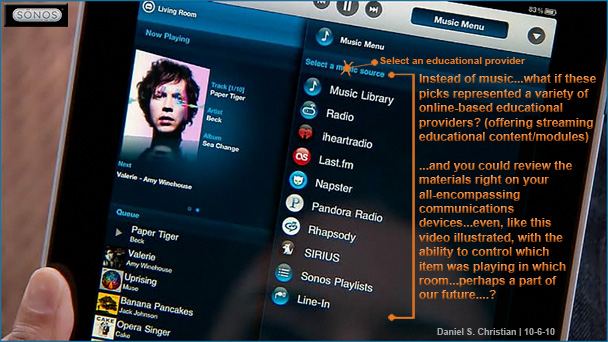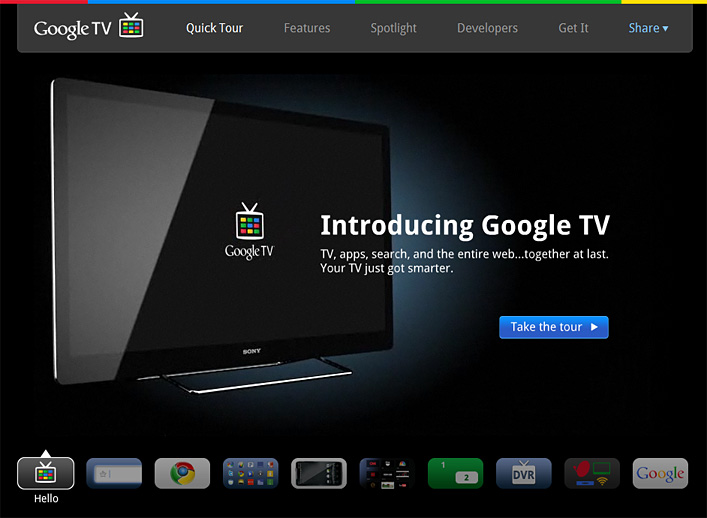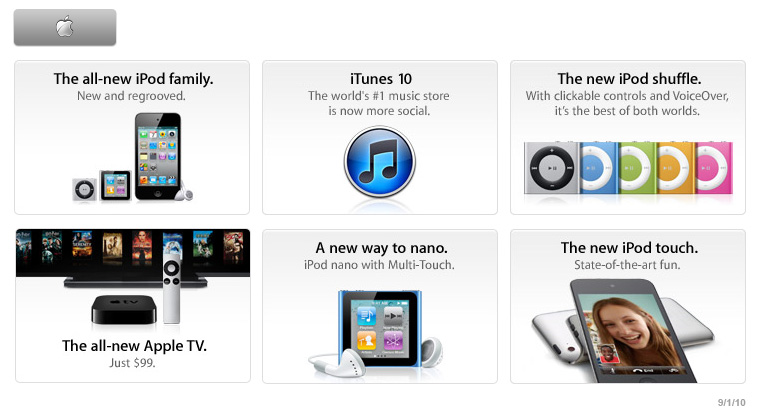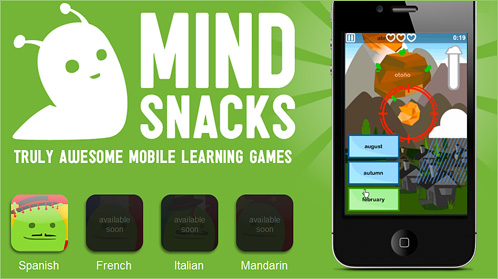Carnegie Mellon researchers test mobile phone games to teach children — from The Journal by Dian Schaffhauser
Researchers in the United States and China are exploring how games on mobile phones can be used to teach children the Chinese language. The research is coming out of Carnegie Mellon University’s Mobile & Immersive Learning for Literacy in Emerging Economies (MILLEE) Project. The results may help promote the idea of mobile phones as learning devices, especially in rural areas of China.
Computer scientists from Carnegie Mellon; the University of California, Berkeley; and the Chinese Academy of Sciences developed two mobile learning games inspired by traditional Chinese games that emphasize cooperative playing, songs, and handmade objects. The Chinese language is more complex than most because it uses 6,000 characters, each corresponding to a syllable or word. One game, Multimedia Word, has the player recognize and write a Chinese character correctly based on hints such as a sketch or photo. A second game, Drumming Stroke, has a group of players practice writing Chinese characters in turns; participants must write one stroke of the character in the correct order, and then pass the mobile phone to the next player within the beat of a drum.









